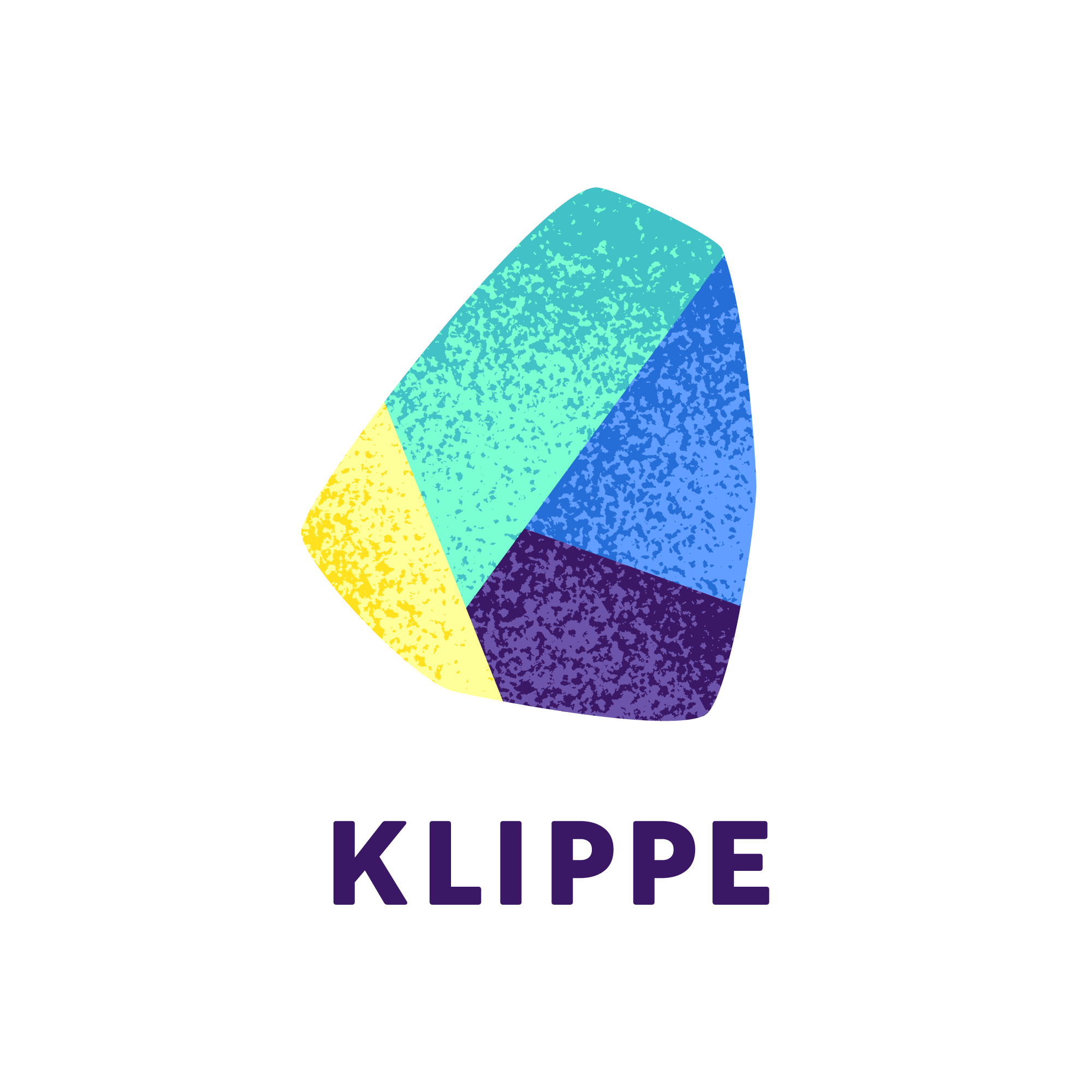An e-learning standard acts like a playbook, laying out the rules for how information gets passed around in online learning. Imagine it as the conductor orchestrating the flow of data within the e-learning journey. It’s crucial to understand the ins and outs of each standard and pick the right one for the job. Enter SCORM, the big player everyone knows. In this Journal entry, we’ll break down what SCORM brings to the table, highlighting both its perks and its pitfalls.
What is SCORM?
SCORM stands for Shareable Content Object Reference Model. Simply put, it is an international set of technical requirements for e-learning content. SCORM provides the communication method and data models for e-learning systems and learning materials to recognise each other and work well together. It has two main elements:
The Package
A SCORM package, also known as a SCORM course, is zip file. Inside this zip file lies everything your e-learning system needs to import and kickstart content. Designed, of course, according to the SCORM standard. It’s like a neat package of instructions and goodies that tells your system exactly what to do – recognizing the content and knowing just what to launch when you’re ready to dive into learning.
On-the-Fly Communication
Once your e-learning content is in action, it begins a dynamic conversation with your e-learning system. Depending on what the learner does, the system digs into the SCORM package to pull out the relevant parts. Picture this: when a learner aces a quiz, the system proudly displays the results and seamlessly transitions to the next segment, perhaps a captivating video session. All this magic happens thanks to the cues provided in the SCORM file.
AICC – the One Before All Others
It all began with AICC! Born in 1988, the standard aimed to cut down aviation training costs by streamlining learning tools. As the pioneer in e-learning specifications globally, SCORM owes much to its predecessor.
AICC relies on the HTTP AICC Communication Protocol (HACP) for exchanging data between the e-learning system and courseware. HACP’s approach is straightforward: it utilizes an HTML form and basic text strings for information transfer.
Even today, many organizations cling to the original AICC standard, ensuring its continued relevance. One of its strengths lies in facilitating highly secure HTTPS data transmission between content and e-learning systems. Moreover, AICC content can reside on a separate server or domain from the hosting e-learning system, allowing for versatile deployment options. However, AICC lacks robust course tracking and reporting features, and its implementation can be complex, often requiring additional coding.
While AICC remains supported by most curriculum development tools and e-learning systems, its primary allure lies in serving as the foundation for SCORM. Though it still has a presence, relying on AICC alone is impractical due to its outdated nature and lack of future updates.

SCORM Versions
SCORM emerged as a solution to the limitations of AICC, presenting a series of technical standards. Its inception dates back to 2000 when the US government’s Advanced Distributed Learning (ADL) program released its initial version. By 2001, SCORM 1.2 had established itself as the go-to standard for e-learning delivery via e-learning systems, garnering widespread support from curriculum development tools and learning management systems.
Since then, SCORM has evolved, with SCORM 2004 succeeding the 1.2 version. While fundamentally similar to its predecessor, SCORM 2004 offers enhanced options for curriculum structure and greater flexibility, reflecting the evolving needs of the e-learning landscape.

Lifelong Learning in Organizations
Why is lifelong learning essential for both organizations and individuals? And how can we ensure it’s a driving force in our workplace? Join us and find out more!
Read More!SCORM’s Decline – A Decade in Limbo!
SCORM has seen 7 iterations since its inception, with the latest one dating back to March 2009 – over a decade ago. Initially hailed as a versatile standard ensuring cross-platform compatibility, SCORM was developed during the early stages of e-learning when linear content and traditional quiz formats prevailed. However, as e-learning design has progressed towards user-experience-centred approaches, emphasizing fluid content navigation, SCORM’s rigidity has become increasingly apparent.
Today’s e-learning landscape favours a learning experience-oriented approach, prompting a logical shift away from SCORM to more contemporary standards for courseware development. Despite the emergence of new standards such as IMS CC and LTI, which have gained traction in academic circles, the corporate sector remains largely entrenched in SCORM, with only modest adoption of alternatives like xAPI and cmi5. The inertia towards migration persists, primarily due to the perceived challenges associated with transitioning away from familiar SCORM frameworks.
The Disadvantages of SCORM
SCORM courses heavily rely on an internet connection and a web browser, which means learners may face trouble accessing courses offline or encounter interruptions with poor internet connectivity.
SCORM only works through one of the e-learning systems, so if you plan to deploy directly through a website or mobile app, this is not the right choice.
SCORM content was originally Flash-based. While most modern courseware development tools can output SCORM content in HTML5, the quality can be inferior to native HTML5 versions, especially if you have a lot of media elements in your courses, such as videos.
SCORM restricts tracking to basic metrics like course completion, total time spent, and assessment scores, falling short of capturing nuanced learner behaviour patterns. This limitation fails to meet contemporary demands, as the reports generated from such data are often constrained and do not provide comprehensive insights.
The Advantages of SCORM
Despite its outdated status, SCORM remains the prevailing industry standard for good reason – it boasts several advantages that continue to be relevant.
Almost all curriculum development tools and e-learning systems support both major versions of SCORM. Transferring courses from an old system to a new system is relatively easy.
Most SCORM content creation tools are fairly simple and user-friendly.
Create learning paths across various courses and materials, ensuring smooth navigation for learners. Controlled progression, adaptable paths, and prerequisite management offer personalized learning journeys.
Within a course, content from different sources can be mixed and matched.
SCORM defines a minimum set of metadata that makes it practical to create content catalogues, regardless of where the content comes from.
Outdated content can be archived in a standard, well-documented ZIP format.

Shaping the Future: AI in Education
Artificial intelligence (AI) leads the charge in emerging technologies, automating tasks and promising to transform education. How does AI shape the future of learning?
READ MORE!Is SCORM the Right Choice for You?
When selecting the right standard for your e-learning needs, it’s crucial to consider various factors, such as the course material format, tracking and reporting requirements, and the delivery devices and locations.
SCORM stands out as a solid choice if you prioritize swift course launches. However, it’s essential to acknowledge its limitations, which could become more pronounced over time. While SCORM serves as a well-established solution, it leans towards a rudimentary approach, potentially hindering the development of more interactive and engaging courses in the future. If you opt for SCORM, especially if there are no organizational constraints necessitating the older version 1.2, SCORM 2004 is the way to go!
In our next Journal Entry, we’ll look at the more modern xAPI and Cmi5 standards.
You Need Help?
If you would like to start building your first SCORM package, but you are not sure whether it is worth starting, contact us and we will help you choose the best solution. Don’t hesitate, even if resources are limited, as expert assistance can lead to significant savings in both time and costs!
If you found this article useful, follow us on Facebook or LinkedIn, to keep up with the latest articles!
Details below will help you contact us via form, phone or e-mail. ⬇️
Who Are We?
We are digital education experts and software developers, following trends and offering innovative solutions in our learning materials and systems. We have been providing digital training, creating complex e-learning materials and implementing systems for X years.
Klippe Learning’s team will create the digital teaching and learning solution you’ve been dreaming of – or we’ll dream it for you if you don’t know exactly what you need. Custom content, creative and motivating methods, a platform tailored to you.
How Can You Reach Us?
To find out more about our bespoke learning materials, e-learning systems, training courses or to request a quote, please contact us:
 contact us via the form on the right!
contact us via the form on the right!
 or call us:
or call us:
 or send an email:
or send an email:



